Home>Garden Essentials>How To Grow Poinsettias From Seed
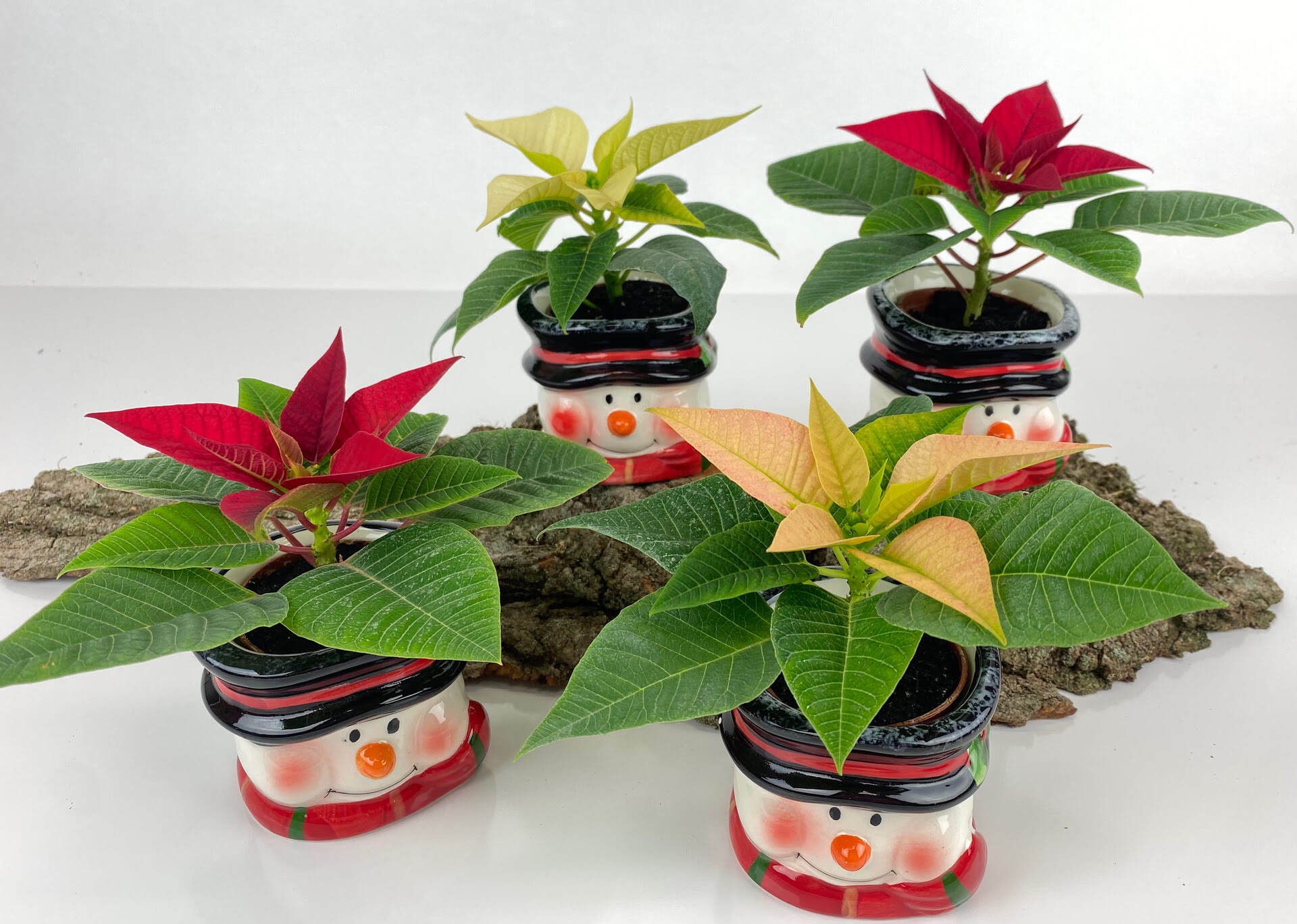

Garden Essentials
How To Grow Poinsettias From Seed
Modified: March 15, 2024
Learn how to grow beautiful poinsettias from seed in your garden. Discover essential tips and techniques for successful cultivation.
(Many of the links in this article redirect to a specific reviewed product. Your purchase of these products through affiliate links helps to generate commission for Storables.com, at no extra cost. Learn more)
Introduction
Are you a gardening enthusiast looking to add a splash of vibrant color to your garden or indoor space? Poinsettias are a popular choice, revered for their stunning red, pink, or white bracts that brighten up the holiday season. While they are commonly purchased as potted plants during the winter months, many gardeners may not be aware that poinsettias can also be grown from seed.
Growing poinsettias from seed allows you to have full control over their growth and development, ensuring healthy and strong plants. It can be a rewarding experience to witness the journey from a tiny seed to a mature plant that blooms in all its glory. In this article, we will guide you through the step-by-step process of growing poinsettias from seed, helping you achieve success in your gardening endeavors.
Before we dive into the process, it is important to note that growing poinsettias from seed requires patience, dedication, and careful attention to detail. It is not a quick or simple process, but with the right knowledge and practices, you can enjoy the satisfaction of nurturing your own poinsettias from start to finish.
Now, let’s gather our supplies and get started on this exciting gardening journey.
Key Takeaways:
- Growing poinsettias from seed is a rewarding journey that requires patience and attention to detail. From gathering supplies to caring for mature plants, each step plays a crucial role in their vibrant growth.
- Providing proper lighting, watering, and fertilizing are essential for nurturing healthy poinsettia seedlings. Monitoring their growth, addressing any issues promptly, and transplanting them into larger containers ensure their continued success.
Read more: How To Grow Hollyhocks From Seed
Step 1: Gathering Supplies
Before embarking on your poinsettia growing journey, it’s essential to gather all the necessary supplies. Having these on hand will ensure a smooth and efficient process. Here are the supplies you’ll need:
- Poinsettia Seeds: You can find poinsettia seeds at your local garden center or purchase them online. Choose high-quality seeds from a reputable source to increase the chances of successful germination.
- Seed Trays or Pots: Opt for shallow seed trays or small pots with drainage holes to provide adequate moisture control. Ensure they are clean before use to prevent any potential disease or contamination.
- Seed Starting Mix: Use a well-draining seed starting mix that is sterile and lightweight. Avoid using regular potting soil, as it may not provide the ideal conditions for seed germination.
- Labels: It’s important to label your trays or pots to keep track of the different varieties or planting dates. This will prevent any confusion as your seedlings grow.
- Watering Can or Spray Bottle: You’ll need a watering can with a fine nozzle or a spray bottle to gently water your seedlings without disturbing the delicate roots.
- Grow Lights: If you’re starting your seeds indoors or in a location with limited sunlight, invest in grow lights to provide adequate lighting for healthy growth.
- Heat Mat (optional): Poinsettia seeds prefer warm temperatures to germinate. If you live in a cooler climate, consider using a heat mat to maintain a consistent temperature for successful germination.
Once you have gathered all the necessary supplies, you are ready to move on to the next step: preparing the soil.
Step 2: Preparing the Soil
Preparing the soil for your poinsettia seeds is crucial for their successful germination and long-term growth. Here’s what you need to do:
- Selecting the Right Soil: Poinsettias prefer well-draining soil that is slightly acidic. You can purchase a seed starting mix specifically formulated for poinsettias or create your own by combining equal parts peat moss, perlite, and vermiculite.
- Filling Seed Trays or Pots: Fill your seed trays or pots with the prepared soil mixture, leaving about half an inch of space below the rim to prevent overflow when watering.
- Moistening the Soil: Before sowing the seeds, lightly moisten the soil mixture. The goal is to achieve a consistently damp (but not soggy) environment.
- Sowing the Seeds: Sprinkle the poinsettia seeds evenly over the surface of the soil. Avoid overcrowding the seeds, as this can hinder their growth. Lightly press the seeds into the soil, ensuring good seed-to-soil contact.
- Covering the Seeds: Gently cover the seeds with a thin layer of the seed starting mix or vermiculite. This helps to maintain moisture levels and protect the seeds from drying out.
- Misting the Surface: Using a spray bottle or a water mister, mist the surface of the soil to provide moisture without disturbing the seeds.
- Labeling: Place labels in your trays or pots to identify the variety and planting date. This will help you keep track of the progress as your seedlings grow.
- Creating a Mini Greenhouse: To create a warm and humid environment for your poinsettia seeds, cover the seed trays or pots with a clear plastic dome or plastic wrap. This acts as a mini greenhouse, retaining moisture and heat.
With the soil prepared and the seeds sown, you’re now ready to provide adequate lighting for the germination process. Join us in the next step: providing adequate lighting.
Step 3: Planting the Seeds
Now that you have prepared the soil and created an ideal environment for germination, it’s time to plant the poinsettia seeds. Follow these steps to ensure successful planting:
- Remove the Cover: After approximately 10 to 14 days, the poinsettia seeds should begin to germinate. At this point, remove the plastic dome or wrap to allow air circulation and prevent excessive moisture buildup.
- Provide Adequate Lighting: Place the seed trays or pots in a location with bright, indirect sunlight. If natural light is insufficient, you can use grow lights to provide the necessary light intensity.
- Maintain Optimal Temperature: Poinsettia seeds require warm temperatures for germination. Aim to maintain a temperature between 70 to 75°F (21 to 24°C) during the day and slightly cooler at night.
- Watering: Keep the soil consistently moist but not waterlogged. Regularly check the moisture level and use a spray bottle or watering can with a fine nozzle to water the seedlings gently.
- Thinning the Seedlings: As the seedlings grow, you may notice overcrowding in the seed trays or pots. If this occurs, thin out the weaker seedlings, leaving only the strongest ones with sufficient space to develop.
- Promote Air Circulation: Adequate air circulation is crucial for preventing fungal diseases and promoting healthy growth. You can use a small fan on low speed to provide gentle air movement.
- Fertilizer Application: Once the seedlings have established their first set of true leaves, you can begin fertilizing them. Use a diluted, balanced fertilizer specifically formulated for seedlings.
Continue monitoring the progress of your poinsettia seedlings and make adjustments as needed. In the next step, we will explore the importance of providing adequate lighting for their growth and development.
Step 4: Providing Adequate Lighting
Proper lighting is crucial for the healthy growth and development of your poinsettia seedlings. Here’s what you need to know about providing adequate lighting:
- Natural Light: Poinsettias thrive in bright, indirect sunlight. If you have a sunny south-facing window, place the seed trays or pots there to take advantage of natural light. Rotate them occasionally to ensure even exposure.
- Supplemental Lighting: If natural light is insufficient, especially during the winter months, consider using grow lights. LED grow lights are a popular option as they provide the necessary spectrum of light for plant growth, emit minimal heat, and are energy-efficient.
- Light Duration: Poinsettias typically require around 12 to 14 hours of light per day. If using grow lights, set a timer to ensure a consistent light schedule. Avoid keeping the lights on 24/7, as plants also need a period of darkness for proper growth.
- Light Intensity: The intensity of light is crucial for strong and sturdy poinsettia seedlings. Keep the grow lights at an appropriate distance from the plants to prevent them from stretching or becoming leggy. Follow the manufacturer’s instructions regarding the recommended distance for optimal light intensity.
- Monitoring Seedling Response: Observe how your poinsettia seedlings respond to the lighting. If they appear to be growing well, with compact and lush foliage, it indicates that they are receiving the right amount and intensity of light. If they appear weak or spindly, adjust the lighting accordingly.
Remember to strike a balance between providing enough light and avoiding excessive light exposure, as too much direct sunlight or intense grow light exposure can damage the seedlings. Regularly observe the growth patterns of your poinsettia seedlings and make adjustments as needed.
In the next step, we will discuss the importance of proper watering and fertilizing to ensure the healthy growth of your poinsettias.
To grow poinsettias from seed, start by planting the seeds in a well-draining soil mix and keep them consistently moist. Provide warmth and bright, indirect light for germination. Transplant seedlings into individual pots once they have a few sets of true leaves.
Read more: How To Grow Sage From Seed
Step 5: Watering and Fertilizing
Proper watering and fertilizing are essential for the healthy growth of your poinsettia seedlings. Here’s what you need to know:
- Watering: Poinsettias prefer consistently moist but not waterlogged soil. Use your finger to check the moisture level in the soil. If it feels dry about an inch below the surface, it’s time to water. Use a watering can with a fine nozzle or a spray bottle to avoid disturbing the delicate roots. Water thoroughly and allow any excess water to drain away.
- Watering Frequency: The frequency of watering will depend on various factors such as temperature, humidity, and the type of soil mix used. As a general guideline, aim to water your poinsettia seedlings every 3-4 days or when the top inch of soil feels dry.
- Fertilizing: Once your seedlings have developed their first set of true leaves, it’s time to start fertilizing. Use a diluted, balanced liquid fertilizer specifically formulated for seedlings. Follow the instructions on the fertilizer packaging for the correct dilution ratio.
- Fertilizer Schedule: Begin by fertilizing your poinsettia seedlings every two weeks. As they continue to grow, increase the frequency to once a week. Always water the seedlings before applying fertilizer to avoid any potential root burning.
- Organic Alternatives: If you prefer using organic fertilizers, options such as compost tea or seaweed extract can provide beneficial nutrients to your poinsettia seedlings. Follow the instructions on the product packaging for proper usage.
- Watch for Signs of Overfeeding: Be cautious not to overfertilize your poinsettia seedlings, as this can lead to nutrient burn or leggy growth. If you notice leaf burn or excessive growth, reduce the frequency or strength of the fertilizer application.
By maintaining a consistent watering schedule and providing appropriate fertilization, you will nourish your poinsettia seedlings and promote healthy growth. In the next step, we will discuss how to monitor the growth and development of your poinsettia seedlings.
Step 6: Monitoring Growth and Development
As your poinsettia seedlings continue to grow, it’s essential to monitor their progress and make any necessary adjustments. Here’s how you can effectively monitor the growth and development of your poinsettias:
- Observation: Regularly observe your poinsettia seedlings for any signs of growth, including the emergence of new leaves and stems. Monitor the overall health of the plants, ensuring they have vibrant green foliage and no signs of wilting or discoloration.
- Height Control: To prevent your poinsettia seedlings from becoming leggy or stretching, you can pinch off the growing tips once they have developed several sets of leaves. This encourages bushier growth and helps maintain a more compact shape.
- Spacing: Check that your poinsettia seedlings have enough space to grow without crowding each other. If necessary, transplant them into larger pots or separate them into individual containers to allow for proper root development and growth.
- Pest and Disease Management: Regularly inspect your poinsettia seedlings for any signs of pests, such as aphids or whiteflies, and promptly take action to control them. Keep the growing area clean and well-ventilated to prevent the development of fungal diseases.
- Environmental Adjustments: Evaluate the growing conditions for your poinsettia seedlings and make adjustments as needed. This includes adjusting the lighting, temperature, and humidity levels to simulate their ideal growing conditions.
- Support and Training: As your poinsettias grow taller, provide support in the form of stakes or trellises to prevent them from toppling over. Additionally, gently train the stems to grow in the desired direction to promote a more aesthetically pleasing shape.
By actively monitoring the growth and development of your poinsettia seedlings, you can address any issues or concerns promptly, ensuring they reach their full potential. In the next step, we will discuss how to transplant your poinsettia seedlings into larger pots or containers.
Step 7: Transplanting the Seedlings
As your poinsettia seedlings grow and mature, they will eventually outgrow their initial seed trays or pots. When this happens, it’s time to transplant them into larger pots or containers. Follow these steps to successfully transplant your poinsettia seedlings:
- Selecting the Right Containers: Choose pots or containers that are slightly larger than the current ones, allowing room for the roots to spread and grow. Ensure that the containers have drainage holes to prevent waterlogging.
- Preparing the New Containers: Fill the new containers with a well-draining potting mix or a blend of peat moss, perlite, and vermiculite. Moisten the soil in the new containers before transplanting the seedlings.
- Transplanting Process: Gently remove the seedlings from their current containers, being careful not to damage the delicate roots. Make a hole in the new container’s soil and place the seedlings, ensuring they are planted at the same depth as before.
- Backfilling and Firming: Fill the gaps around the seedlings with the potting mix, gently firming it around the roots. Avoid compacting the soil too firmly, as this can impede proper root growth.
- Watering: Thoroughly water the newly transplanted seedlings to settle the soil and provide hydration to the roots. Ensure any excess water drains away.
- Adjusting Growing Conditions: Place the transplanted seedlings in an area with the appropriate lighting, temperature, and humidity. Avoid exposing them to direct sunlight or extreme temperature fluctuations.
- Continued Care: Monitor the transplanted poinsettia seedlings closely, ensuring they adjust well to their new containers. Water them regularly and provide proper care as they continue to grow and develop.
Remember, transplanting can be a delicate process, so handle the seedlings with care to minimize stress and damage. By providing ample space for root growth and maintaining proper care, your poinsettias will thrive in their new containers.
In the final step, we will discuss the ongoing care required to ensure healthy and vibrant poinsettia plants.
Step 8: Caring for Mature Poinsettia Plants
Now that your poinsettia plants have reached maturity, it’s important to provide them with the proper care to ensure their continued health and vibrancy. Follow these guidelines to care for your mature poinsettia plants:
- Lighting: Poinsettias thrive in bright, indirect light. Place them in a location where they will receive at least 6 hours of indirect sunlight each day.
- Temperature: Poinsettias prefer temperatures between 60-70°F (15-21°C) during the day and slightly cooler temperatures at night. Avoid exposing them to cold drafts or extreme temperature fluctuations.
- Watering: Water your poinsettias when the top inch of soil feels dry to the touch. Water thoroughly, allowing any excess water to drain away. Avoid overwatering, as poinsettias are susceptible to root rot.
- Fertilizing: Feed your poinsettias with a balanced, water-soluble fertilizer formulated for flowering plants. Follow the instructions on the fertilizer packaging for the appropriate dilution and frequency of application.
- Pruning: To maintain a compact and bushy shape, prune your poinsettias in late winter or early spring before new growth begins. Trim back the stems by one-third to encourage branching.
- Managing Light Exposure: Poinsettias require uninterrupted darkness for 14-16 hours a day for around 8 weeks to induce their characteristic color changes. Cover the plants with a lightproof bag or move them to a dark location during the designated period.
- Pest and Disease Control: Regularly inspect your poinsettia plants for pests such as aphids, mealybugs, or whiteflies. Treat any infestations promptly with organic or chemical pest control methods. Additionally, ensure good air circulation and avoid overwatering to prevent fungal diseases.
- Seasonal Display: If you want to enjoy poinsettias during the holiday season, start adjusting the light exposure about 8 weeks before the desired bloom time. Follow the necessary steps to induce color changes and promote prolific bract development.
With the proper care and attention, your poinsettia plants will continue to thrive and provide beautiful color throughout the holiday season and beyond. Enjoy the vibrant blooms and the festive spirit they bring to your home or garden.
Now that you have reached the end of this guide, you are equipped with the knowledge to successfully grow poinsettias from seed. Get started on your gardening journey and enjoy the rewards of nurturing and caring for these captivating plants.
Read more: How To Grow An Avocado From Seed
Conclusion
Growing poinsettias from seed can be a rewarding and fulfilling experience for any gardening enthusiast. By following the step-by-step process outlined in this guide, you can achieve success in cultivating these stunning plants from start to finish.
From gathering the necessary supplies to transplanting mature plants, each step plays a crucial role in the growth and development of your poinsettias. Providing adequate lighting, proper watering and fertilizing, and monitoring their progress are essential to ensuring healthy and vibrant plants.
Remember to maintain optimal growing conditions, such as temperature and light exposure, to ensure the best possible outcome. Additionally, keep an eye out for pests and diseases, promptly address any issues that arise, and provide the necessary care for your poinsettias throughout their life cycle.
With dedication and patience, you can enjoy the beauty and brilliance of poinsettias in your garden, indoor spaces, or even as delightful gifts for loved ones during the holiday season. Their vibrant bracts and lush foliage create a festive atmosphere and bring a touch of natural beauty to any setting.
Now, armed with the knowledge and guidance provided in this article, it’s time to put your green thumb to work and embark on the journey of growing poinsettias from seed. Enjoy the process, the joy of nurturing these beautiful plants, and the rewards they bring to your home or garden.
Frequently Asked Questions about How To Grow Poinsettias From Seed
Was this page helpful?
At Storables.com, we guarantee accurate and reliable information. Our content, validated by Expert Board Contributors, is crafted following stringent Editorial Policies. We're committed to providing you with well-researched, expert-backed insights for all your informational needs.
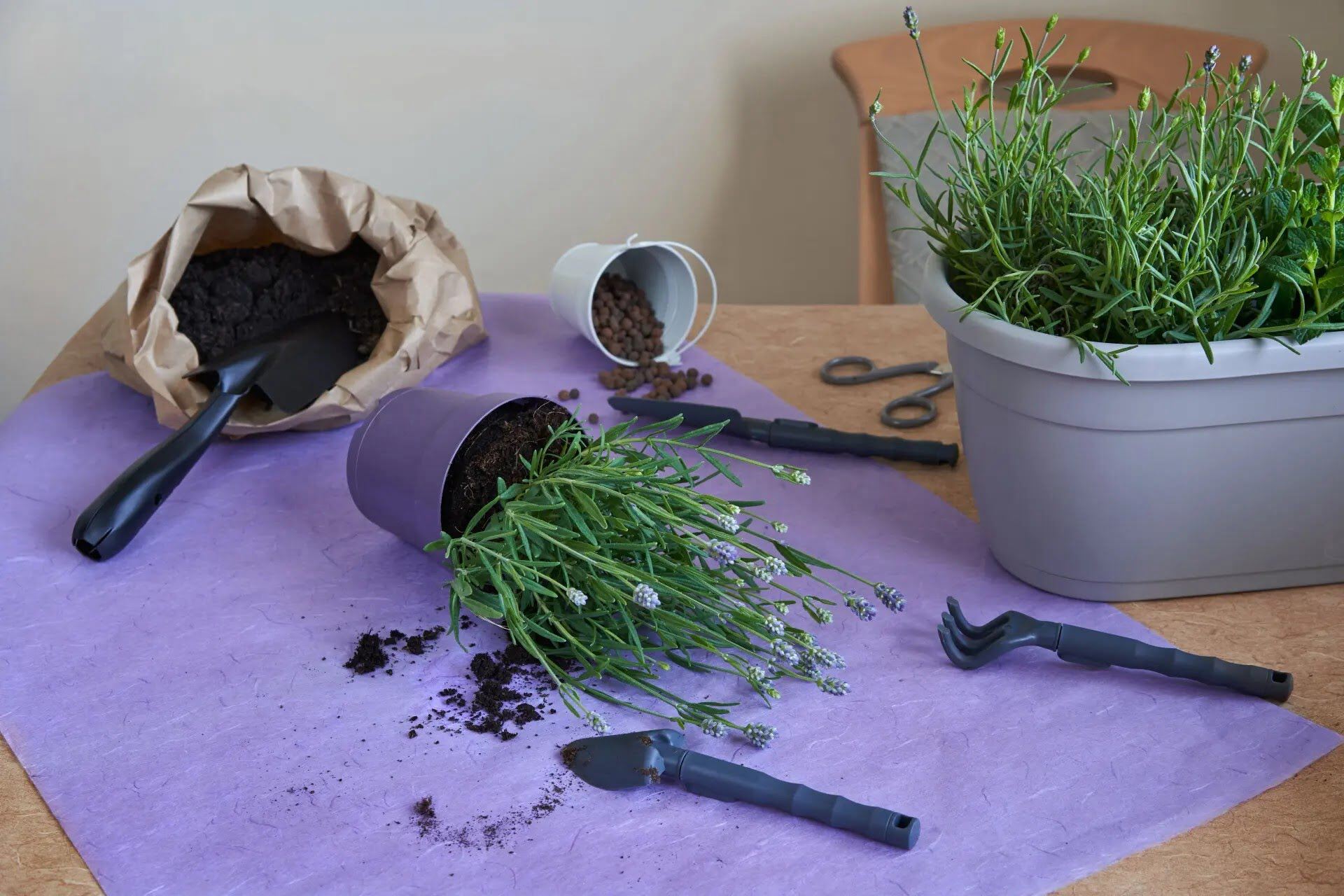
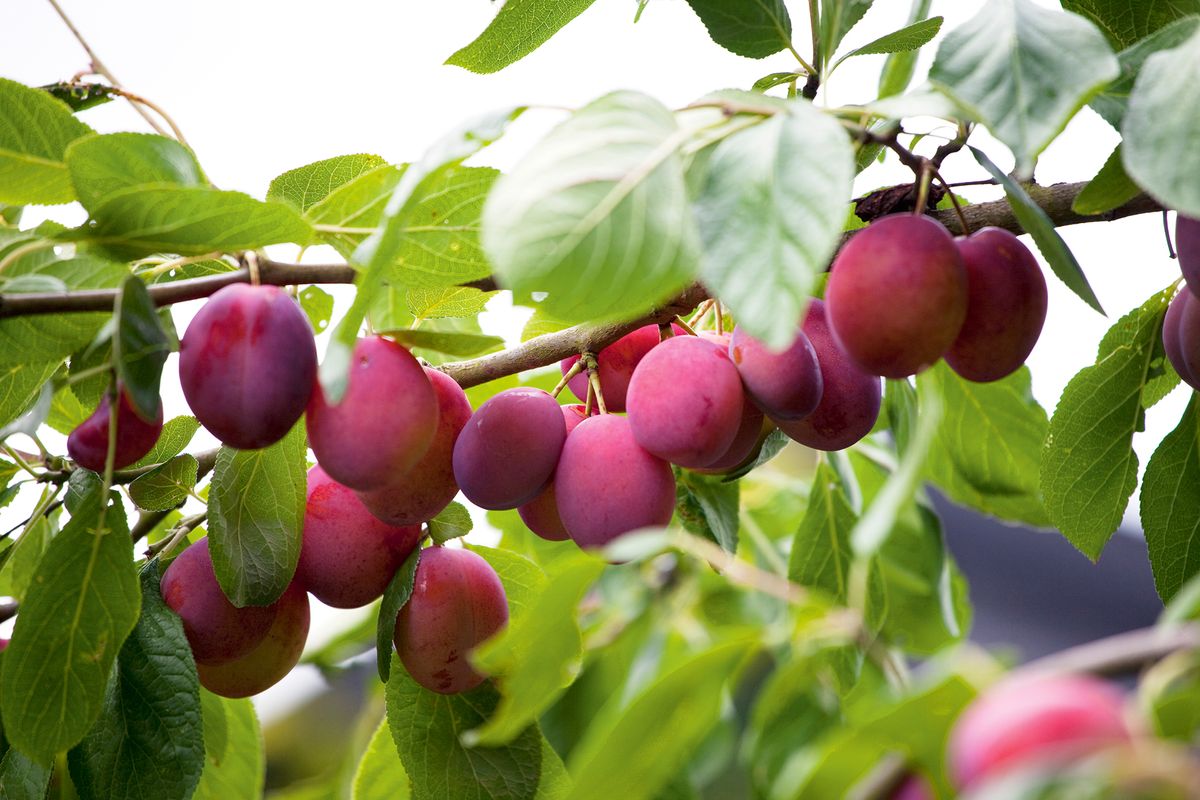
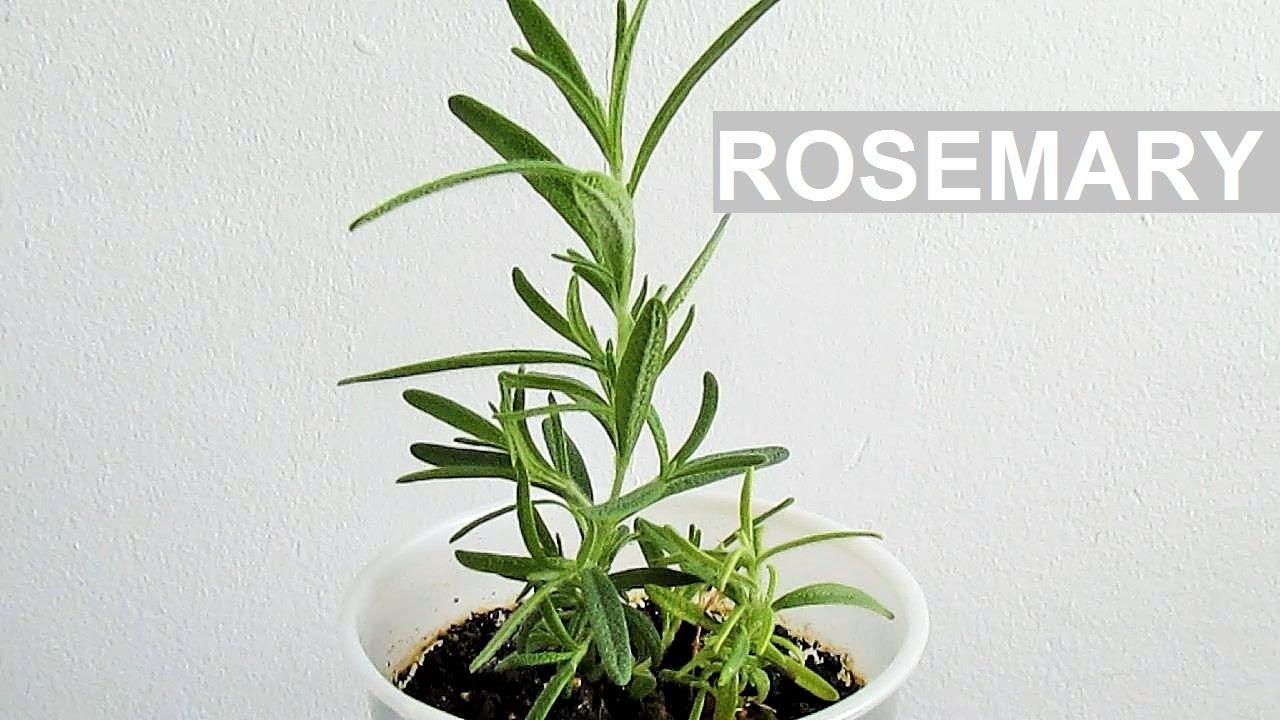
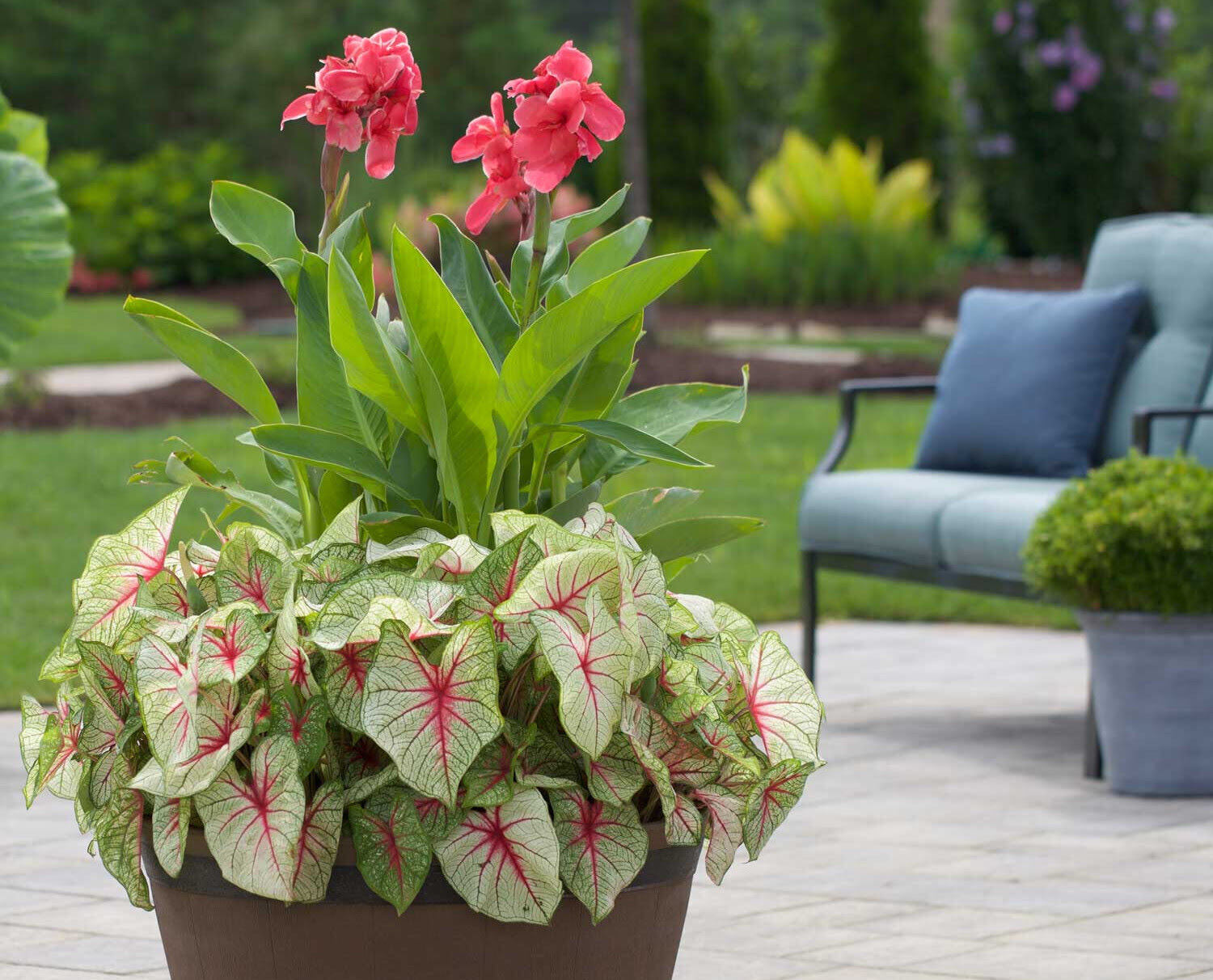
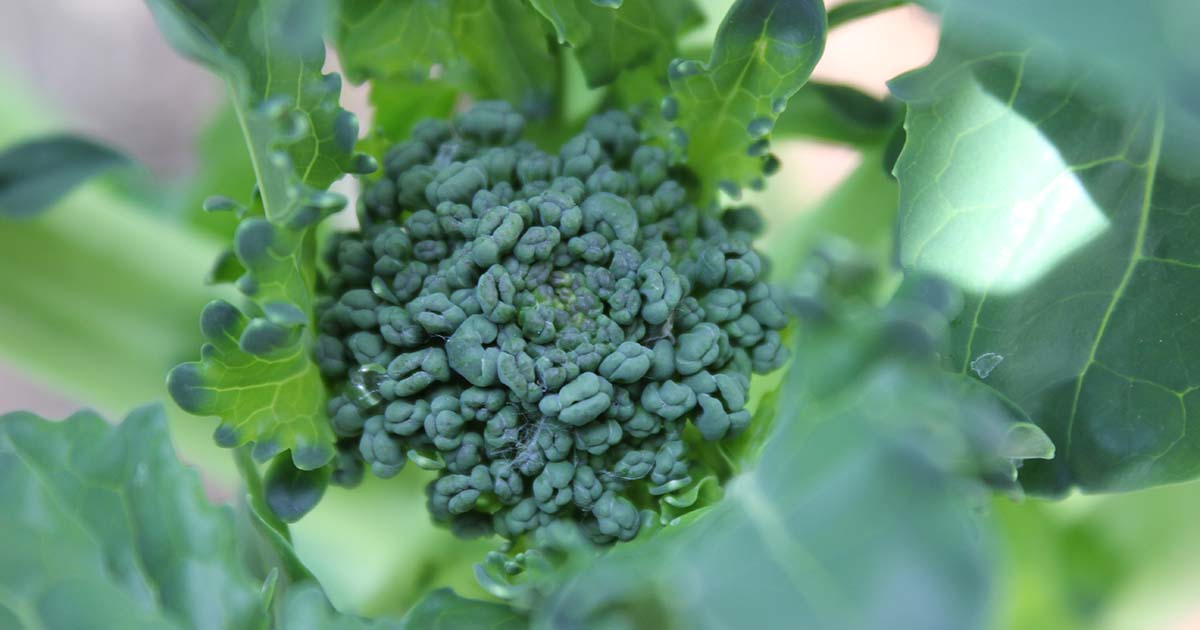
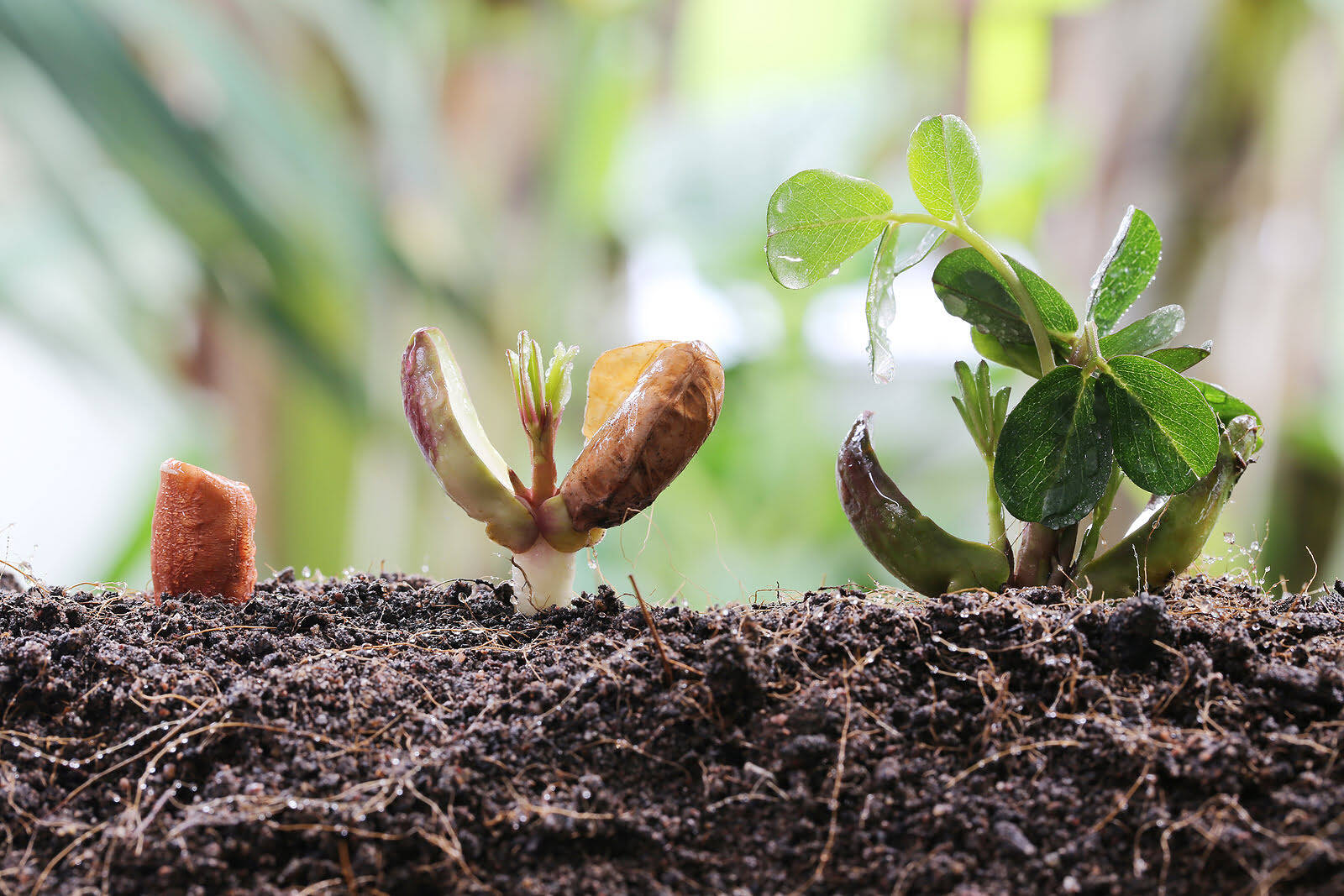
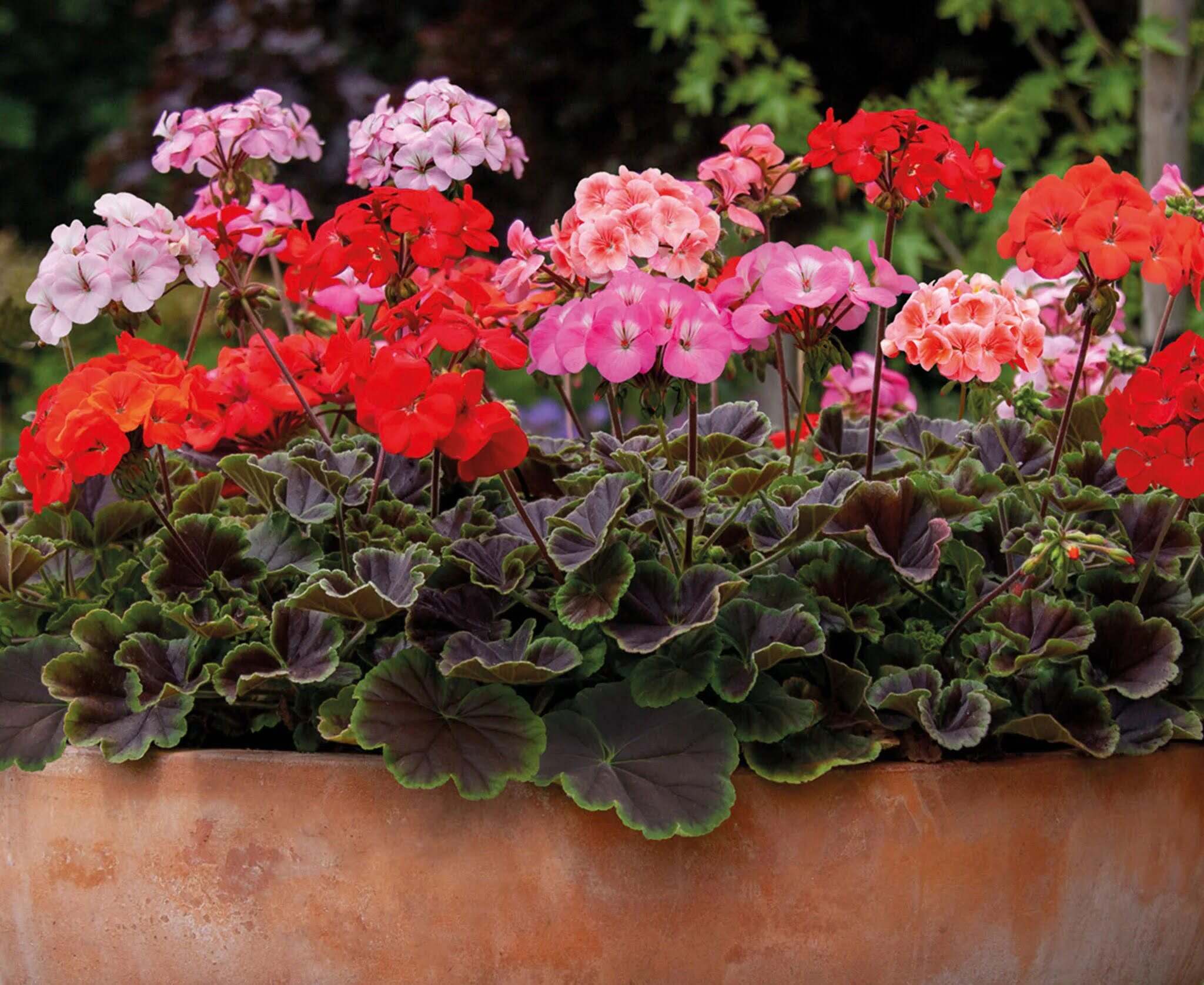
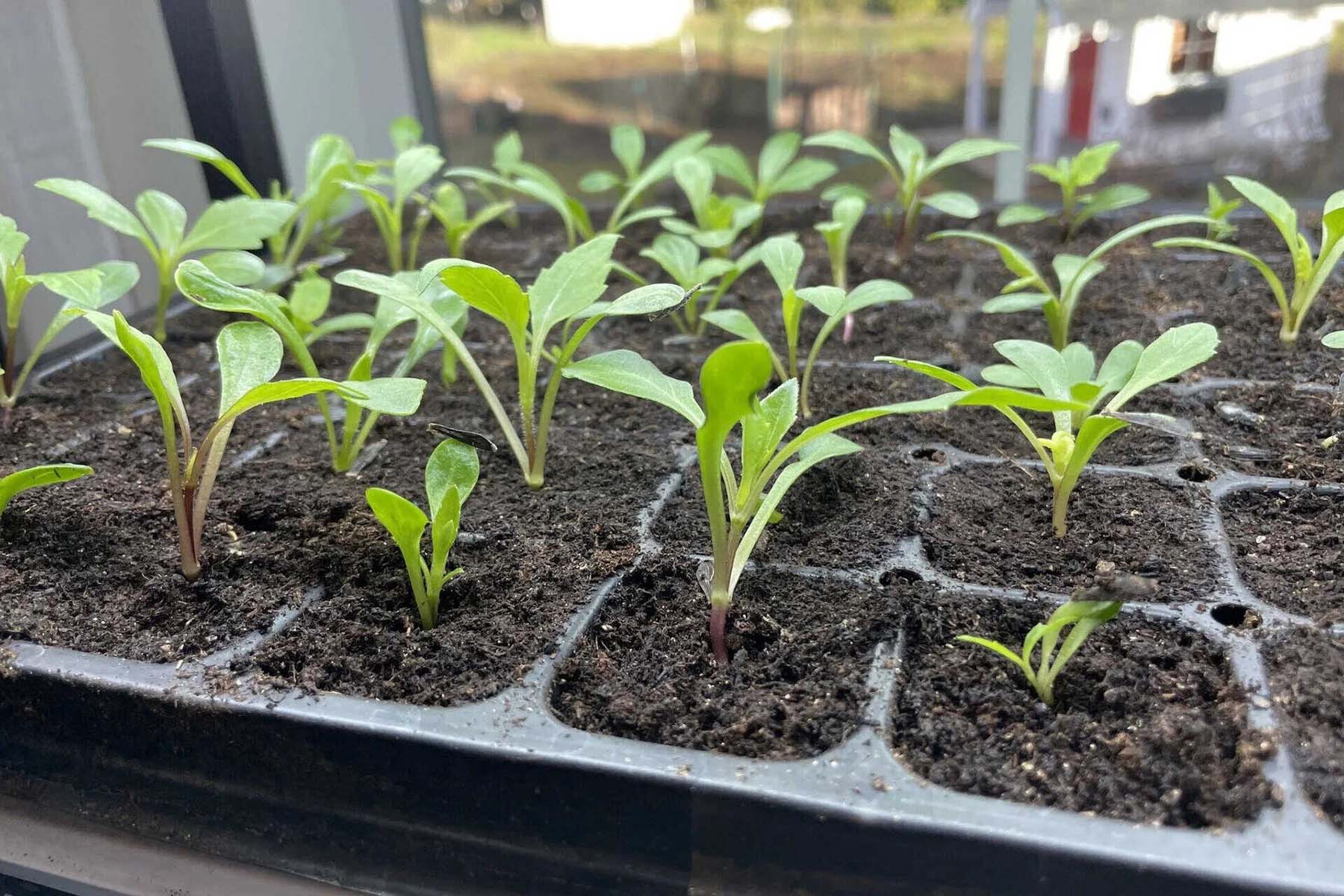
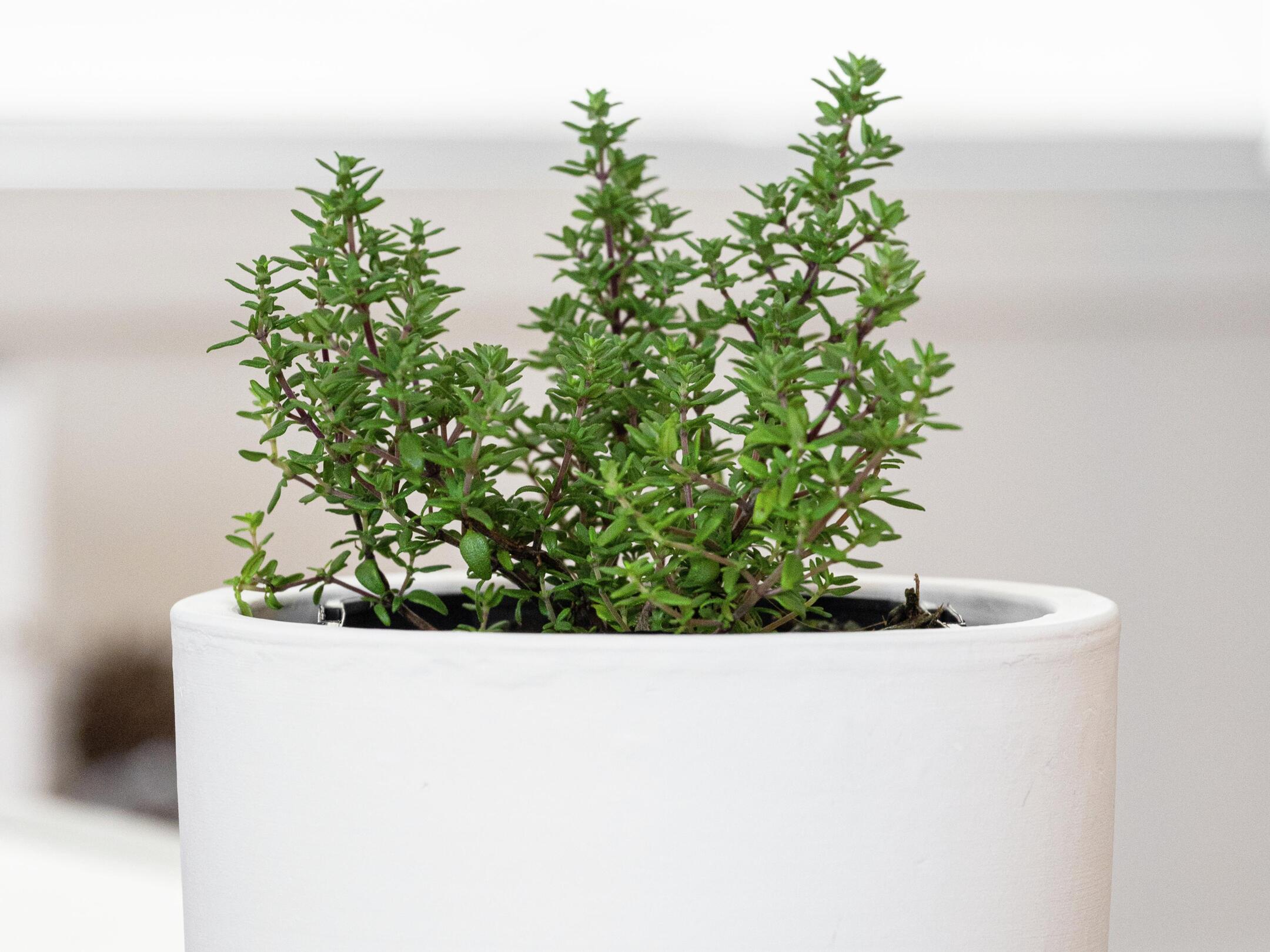
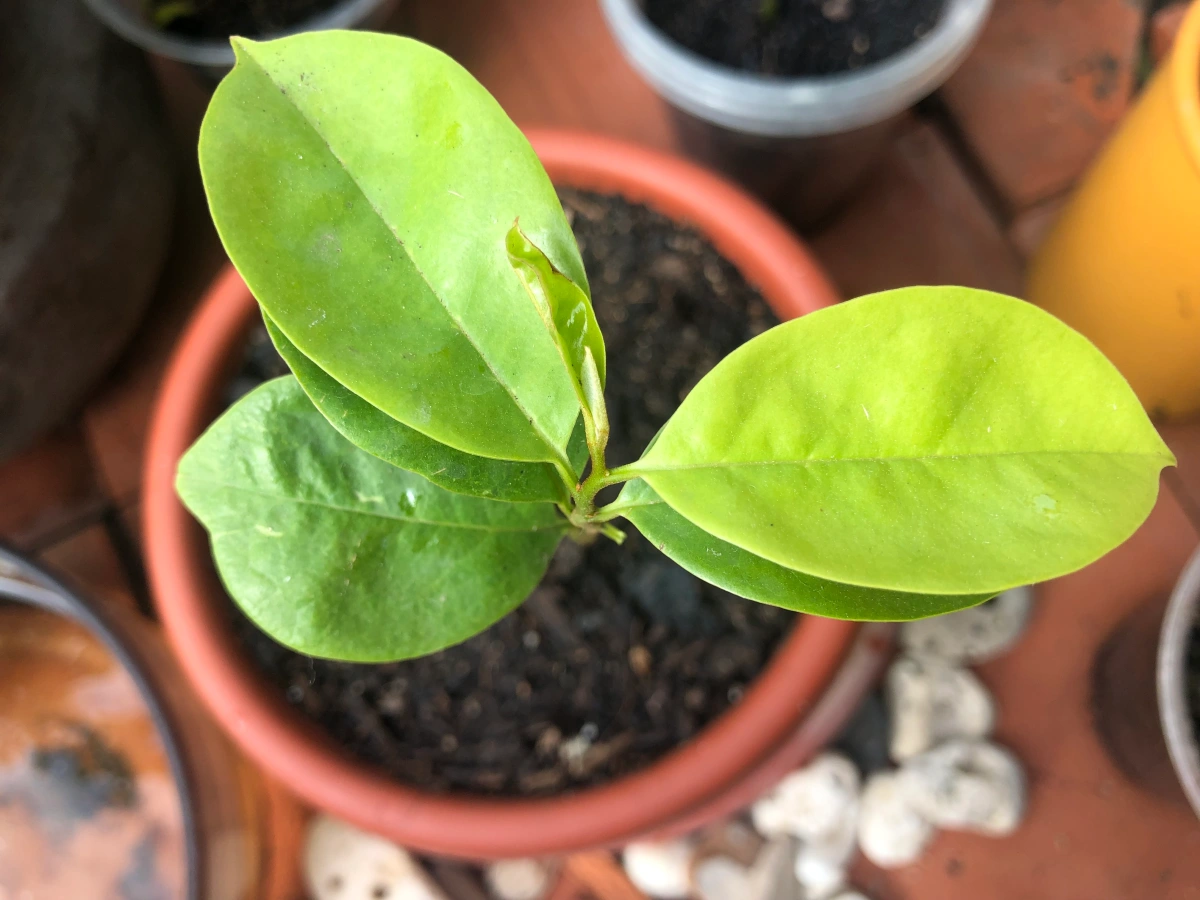
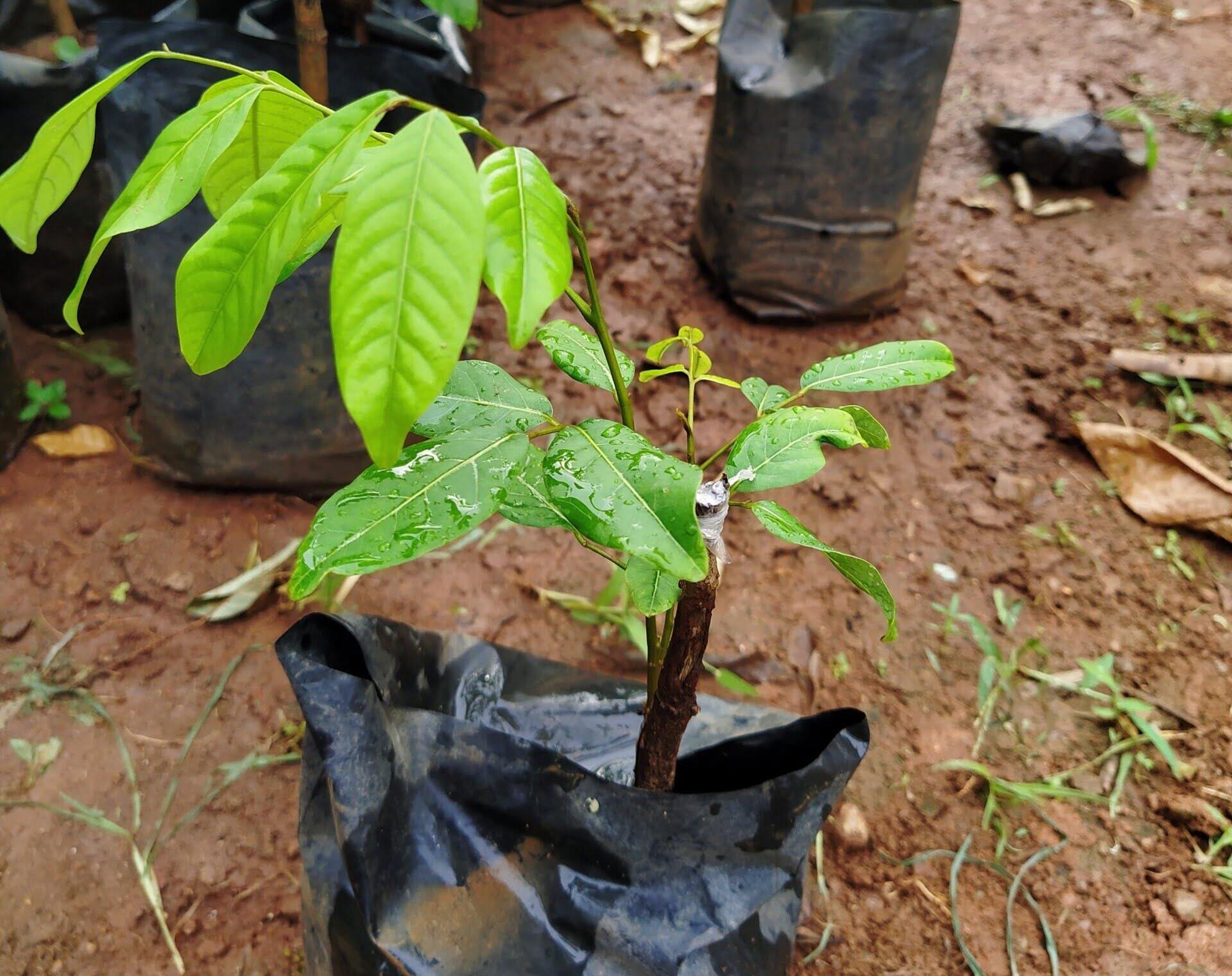
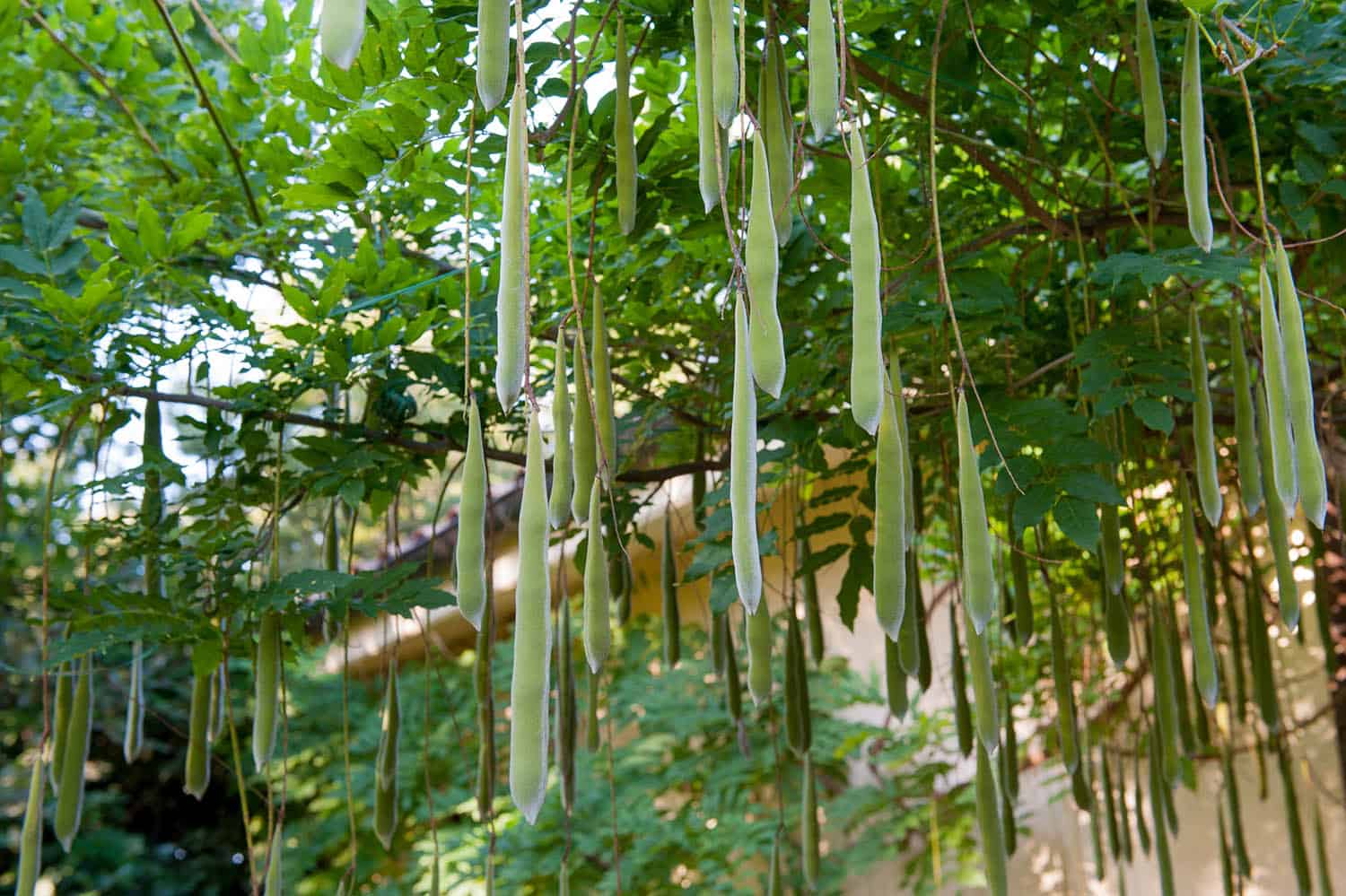


0 thoughts on “How To Grow Poinsettias From Seed”